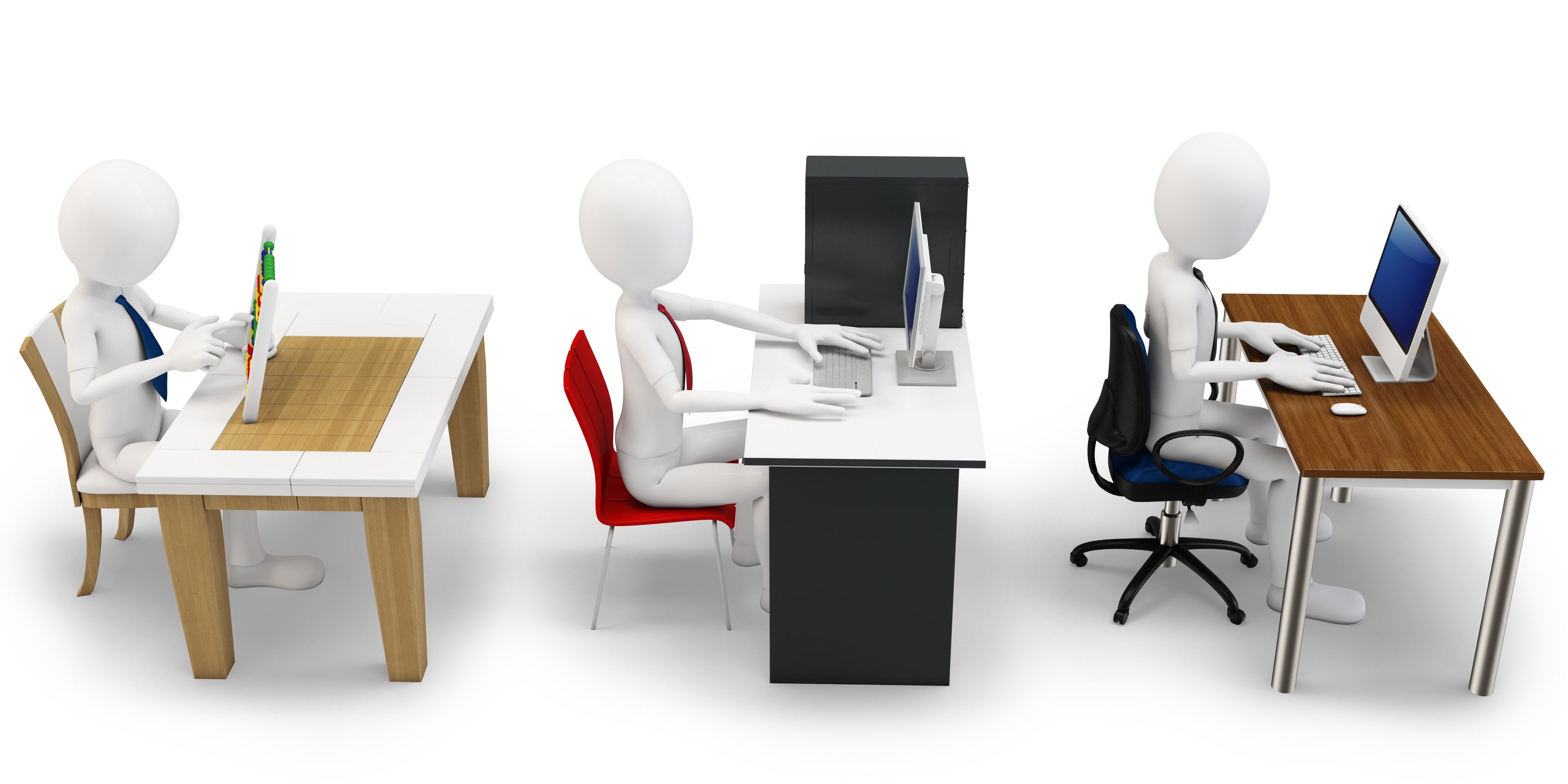Charles Darwin is usually credited with the theory of evolution – the concept that all life on Earth came from the same ancestor. His theory can keep people in New Zealand debating until they’re blue in the face, but what’s undeniable is how the humble office chair has evolved over the years! Let’s take a look.
The Early Office Chair
As the Industrial Revolution ramped up in the early 19th century, business became the backbone of many economies. The office chair was created to accommodate workers spending long hours in the office as opposed to hours spent in the field, factory or farm.
The First Modern Office Chair
The mid-1800s saw the creation of the railways in America and along with that came a surge in clerical and managerial jobs. These roles needed better office chairs, so the Centripetal Spring Armchair was created. Though it was made of cast iron and velvet – far more regal than today’s office chair – it was revolutionary with many of the features that we look for today, like a swivel seat, ease of movement, suspension and a supportive headrest.
Twentieth-Century Chairs
There wasn’t any rapid office chair innovation in the 19th and early 20th centuries, where chairs improved in aesthetics (giving us awesome retro chairs!) but still had many of the same features.
Ergonomics
It all happened in the ‘70s! Office workers in New Zealand and abroad wanted more out of their office chair and began to prioritise their health, noticing that back problems were rife amongst office workers. Ergonomics developed and along came comfy, healthy, supportive chairs – woohoo!
Today’s Office Chairs
Today, the culture of office worker wellbeing has improved dramatically and the modern office chair reflects that. Modern New Zealand offices appreciate that different workers have different needs based on height, lumbar support and ergonomics. There are highbacks, midbacks and kneelers. There are fabric and leather; wide seats and long seats. What really defines today’s modern chair is choice.


